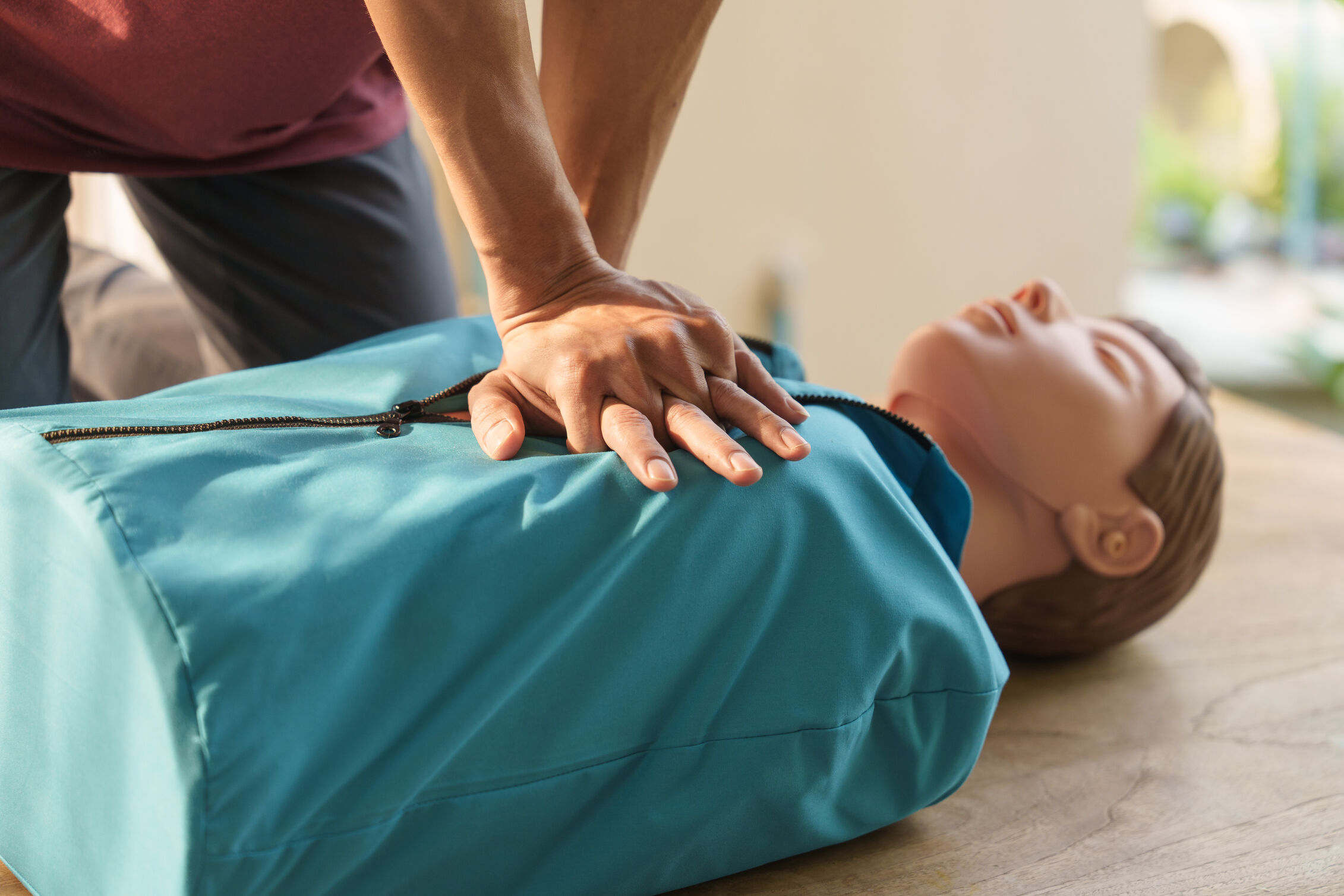Creating a Safe Classroom Environment for High Schoolers

The average high schooler in America spends 6-7 hours in the classroom every day, and it’s the most important formative experience they have outside the home until they graduate. There are many factors that contribute to their success, and every student deserves to have a safe and supportive learning environment as they pursue their goals and dreams.
Unfortunately, a safe and inclusive experience doesn’t necessarily happen automatically. Many experience bullying and harassment, and it can result in lower test scores, higher dropout rates, and mental health issues that can impact the trajectory of their entire life.
It’s the responsibility of every educator to create a safe classroom environment for all their students. With advances in research producing better practices every year, high-quality professional development is a must. Courses like New York—DASA Dignity for All Students Act Training give educators the tools and strategies they need to make their school a safe and supportive place for everyone they serve.
What Does “Safety” Mean in Education?
Physical safety in the classroom should be a given, and it’s especially important for high school students who are engaging in a wide range of activities. Chemistry labs, for instance, need to have safety standards and protocols in place for handling accidents, and that’s true for every educational space from the cafeteria to the soccer field.
However, creating a safe learning environment goes far beyond managing physical risks. Today’s classrooms strive to be places where students can feel emotionally and psychologically secure so everyone can get the most out of their opportunity to learn. Inspired educators are able to create classrooms that can seamlessly include students of any ethnicity, race, LGBTQIA+ status, and those with mental, physical, or developmental disabilities.
By introducing better dialogues, classroom management strategies, and receptive administrative processes, all students are empowered to concentrate on their academic goals while building durable relationships with peers and teachers. Here are some of the best ways to promote a safe classroom environment for all you high school students.
Teach Effective Communication
Every high schooler comes from a unique background with its own unique dynamics and communication style, and not everyone has the tools to be a supportive and respectful peer. That means teachers need to be proactive about modeling and managing communication to help their students develop better habits and broader perspectives.
There are two main components all educators need to focus on: communication with their students, and communication among their students.
- Be an Example. Teachers should set the tone for a safe classroom environment by using inclusive language, respectful communication, and fostering a safe space for questions and sharing experiences.
- Encourage Positive Interactions. At the end of the day, every individual is responsible for helping their peers feel safe and welcome. Teachers can provide guidance, feedback, and support to generate positive behaviors and relationships.
Promote Empathy and Acceptance
Although high schoolers are becoming more autonomous and their growing independence exposes them to more cultural and social variety, they still have a tremendous amount of learning left to do. Their family dynamic, traditions, expectations, and personal struggles shape much of how they view themselves and the world. Schools provide a valuable opportunity to learn new strategies for approaching the diverse people and traditions they’ll encounter for the rest of their lives.
Educators can use their position to proactively introduce their high school students to these moments through an environment of acceptance, curiosity, and safety. By demonstrating how unfamiliar experiences can be addressed in productive and supportive ways, teachers empower their students with the tools they need to be better classmates and friends.
Create a Classroom Management Plan
Establishing an effective classroom management plan sets a foundation for expectations and consequences that translate directly to a safe learning environment. By establishing clear standards of conduct, inexperienced high schoolers have the framework they need to maintain and respect healthy boundaries.
Also, because high school students will have to moderate their interpersonal interactions to some degree, a strong plan can often be created in collaboration with the students. Codes of conduct that they have ownership over and align with their personal needs are often easier to enforce. As always, their input should always be tempered by district and administrative requirements.
Support Cultural Representation
Students come from a variety of cultures and backgrounds, and they all deserve to feel a sense of belonging when they’re at school. While marginalized groups of students have traditionally been underrepresented and underserved in academic spaces, classrooms today are highlighting these diverse narratives to enhance everyone’s learning experience.
By giving students an opportunity to share their perspectives and broaden the cultural horizon of their peers, educators promote a safe classroom environment for everyone regardless of their background. There are many ways to incorporate these activities naturally into coursework, and a little creativity can allow teachers to achieve multiple goals with a single assignment.
Embrace Mistakes
Teachers are in the perfect position to help students reframe their perspective on making mistakes. Shifting the paradigm from errors to learning opportunities and discussing them in a positive light can remove shame from honest efforts to meet expectations and support classmates.
Mistakes will happen, and when they do, a teacher can discuss what went wrong and provide the student with resources, knowledge, and tools to improve supporting the student's long-term academic, personal, and professional development.
You Can Create a Safe Classroom Environment for High Schoolers
A safe classroom environment goes well beyond the physical and considers emotional and mental safety while supporting diversity and inclusivity. Establishing a firm set of ground rules and reinforcing the characteristics of good communication sets high schoolers up for success as they transition into adulthood. And, of course, no teacher should have to go it alone. There are many resources available along the way, including counselors, administrators, and experienced teachers who can aid with challenges and support them in achieving the best possible outcome.
Premiere is committed to being one of these valuable resources for teachers by helping them create a safe classroom environment for all their students through professional development. Courses like New York—DASA Dignity for All Students Act Training created by Amy Adkins-Dwivedi, MS, APRN and approved by the NYSED empowers educators with the tools and strategies they need to make every student feel like a valued and respected member of their school community.
All of Premiere’s courses are developed by leading industry professionals and make meeting professional obligations and developing your career as close as the nearest screen.
Latest Posts


.png)
.jpeg)


